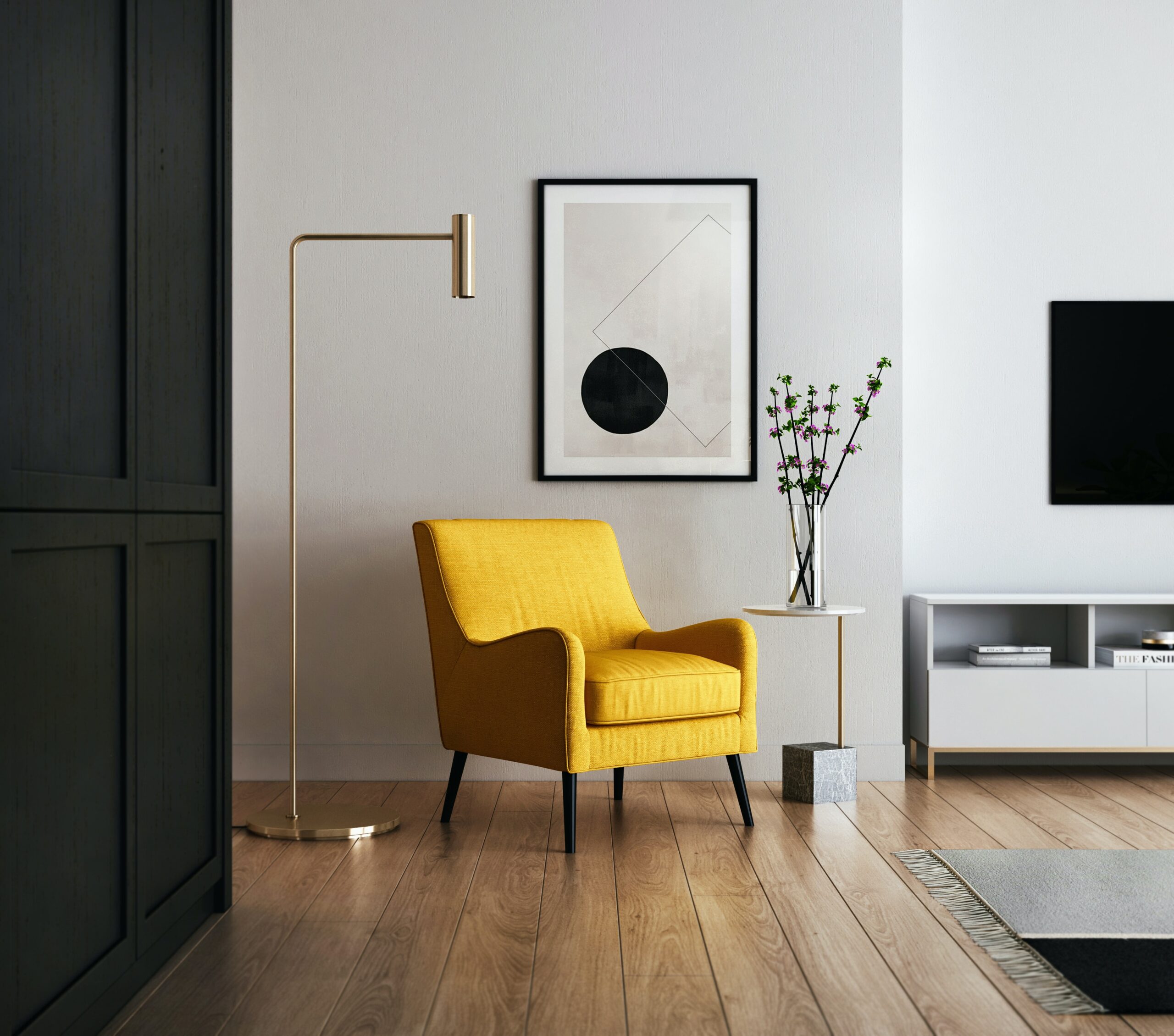The Rise of Smart Homes
In recent years, smart home technology has gained significant popularity and has become a common feature in many modern homes. With the advancements in technology, homeowners are now able to control various aspects of their homes with just a few taps on their smartphones or through voice commands. From lighting and temperature control to security systems and entertainment, smart home devices offer convenience, efficiency, and enhanced living experiences.
Benefits of Smart Home Technology
When it comes to flat interiors, incorporating smart home technology can bring numerous benefits. Here are some key advantages:
1. Convenience and Efficiency
With smart home devices, residents can easily control and automate various functions within their flats. For example, they can adjust the lighting levels, set the temperature, or even schedule appliances to turn on or off at specific times. This level of automation not only adds convenience but also helps to save energy and reduce utility bills.
2. Enhanced Security
Smart home security systems provide an added layer of protection for flat owners. These systems can include features such as smart locks, video doorbells, and motion sensors, which can be monitored and controlled remotely. This allows residents to keep an eye on their homes even when they are away, providing peace of mind and deterring potential intruders.
3. Improved Entertainment Experience
Smart home technology can transform the way residents enjoy entertainment within their flats. With integrated audio and video systems, homeowners can create immersive experiences by controlling their TVs, music systems, and even window shades with a single device. This seamless integration enhances the overall entertainment experience and adds a touch of luxury to the living space.
4. Health and Wellness
Smart home technology can also contribute to the well-being of flat occupants. For instance, smart thermostats can regulate the temperature to create a comfortable environment, while smart lighting systems can mimic natural light patterns to improve sleep quality. Additionally, some smart devices can monitor air quality and provide alerts if any issues arise, ensuring a healthier living environment.
Incorporating Smart Home Technology in Flat Interiors
When it comes to incorporating smart home technology in flat interiors, there are several key considerations to keep in mind:
1. Planning and Design
Before implementing smart home technology, it is important to plan and design the layout accordingly. This involves identifying the areas where devices will be installed and ensuring that the necessary wiring and infrastructure are in place. Collaborating with professionals such as interior designers and electricians can help to ensure a seamless integration of technology into the flat interiors.
2. Device Compatibility
When selecting smart home devices, it is crucial to consider their compatibility with each other and with the existing infrastructure. Opting for devices that can be easily integrated into a centralized control system will provide a more streamlined user experience. Additionally, choosing devices that are compatible with popular voice assistants, such as Amazon Alexa or Google Assistant, can further enhance the convenience of controlling the smart home.
3. User-Friendly Interfaces
While the technology behind smart home devices may be complex, the user interface should be intuitive and user-friendly. Flat owners should be able to control and manage their smart home systems effortlessly, whether through dedicated apps or voice commands. A well-designed interface will ensure that residents can fully utilize the capabilities of their smart home technology without any unnecessary complications.
4. Scalability and Future-Proofing
Smart home technology is constantly evolving, with new devices and features being introduced regularly. When incorporating smart home technology in flat interiors, it is important to consider scalability and future-proofing. Opting for a flexible system that can accommodate future upgrades and additions will ensure that the flat remains up-to-date with the latest advancements in smart home technology.
Conclusion
Incorporating smart home technology in flat interiors offers numerous benefits, including convenience, enhanced security, improved entertainment experiences, and better health and wellness. By carefully planning and considering factors such as device compatibility, user-friendly interfaces, and scalability, flat owners can create a smart home that not only meets their current needs but also adapts to future technological advancements. Embracing smart home technology can truly transform the way we live and interact with our living spaces.

